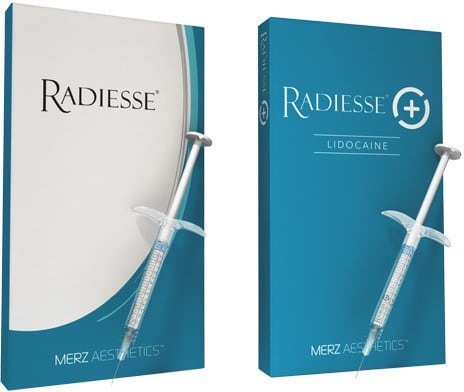
Cheek and Jaw Contouring
Facial Contouring
As we age, facial tissues will begin to lose elasticity, causing the skin to sag. The natural fatty deposits under the eyes, along the cheeks, and toward the jawline may also start to disappear, causing the features to become sharp and sunken. These changes can make the face appear ‘hollow’, looking tired and unhealthy
It used to be that if you were unhappy with certain facial features, invasive surgery was your only option. However, with developments in non-surgical aesthetic treatments, there are now other avenues open to patients unhappy with the shape of their nose or the profile of their chin.
Cheek and Jaw Contouring With Radiesse
Radiesse is a Dermal Filler containing Calcium Hydroxylapatite (a synthetic material identical to the substance in teeth and bones), which provides immediate volume and definition when administered via cannula to the designated treatment area.
Radiesse for cheek and jaw contouring stimulates the body to produce its own natural collagen too, and over a period of months as the body metabolises the Calcium Hydroxylapatite, it leaves behind only naturally produced collagen in the treatment area for long lasting results. For the majority of patients, the results from a Radiesse Jawline Contouring treatment can last for up to 12 months.

The Pre Treatment Consultation
Also, As with all injectable aesthetic treatments, it is so important that you visit a skilled, experienced and medically qualified professional when you are considering a Dermal Filler treatment, including Radiesse Jaw Contouring. A deep understanding of the structure of the face is essential, particularly if you want the results to look natural and subtle, and reduce the risk of potential side effects.
Prior to carrying out any treatment in clinic, I insist on a pre-treatment consultation with every patient to discuss their unique skincare concerns, and it’s important to note that I, like many other qualified practitioners, don’t perform every non-surgical aesthetic procedure that we are asked to carry out. As responsible aesthetic professionals, we will only carry out a treatment if we feel that it is an appropriate and safe option for a patient; if we are not convinced that the treatment is needed or that the results will meet the expectations of the patient, then we will not carry out the procedure.
